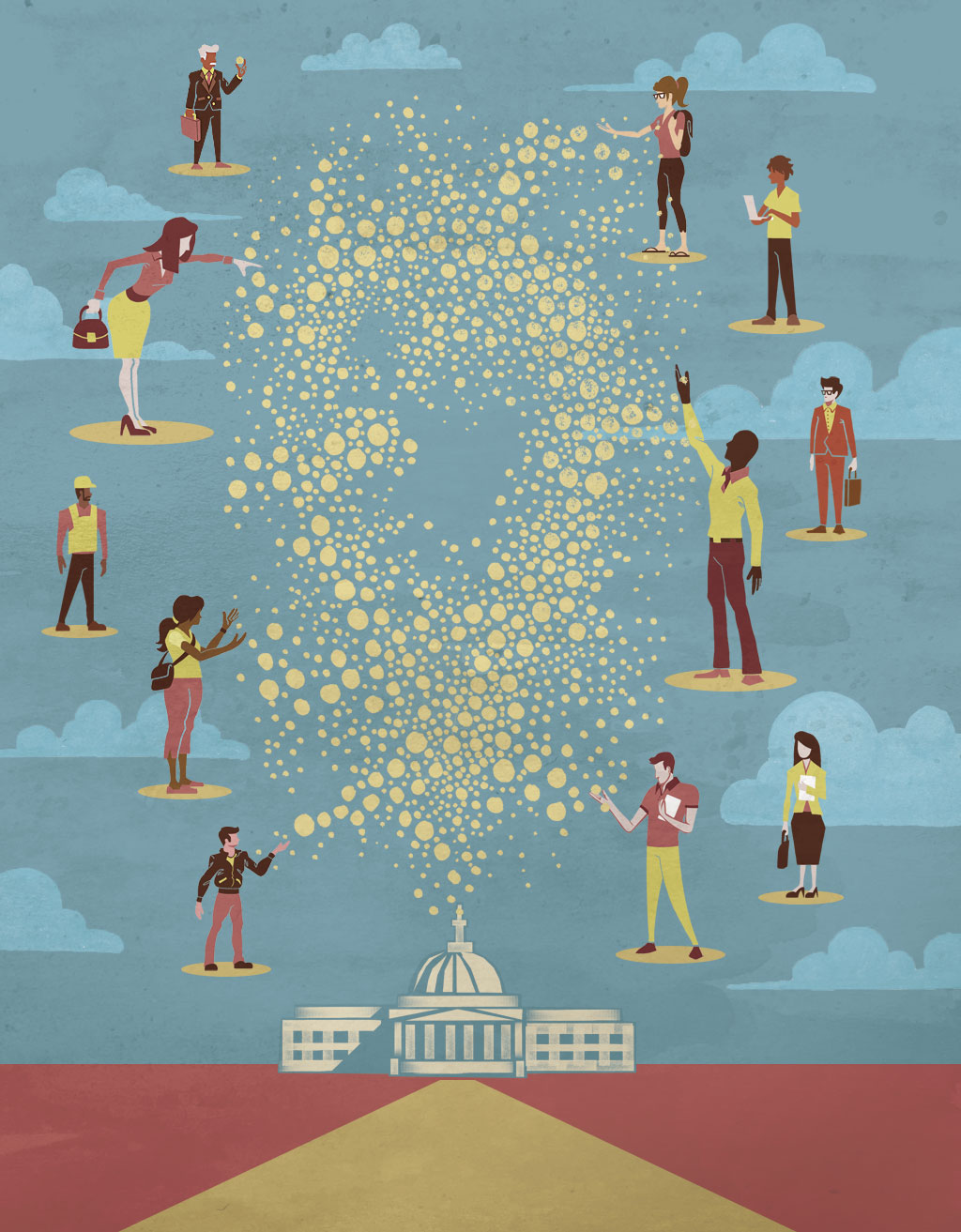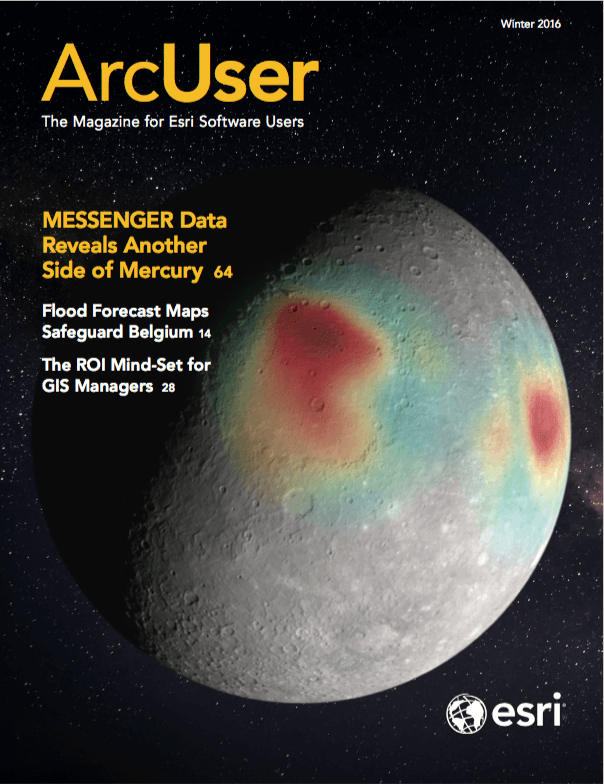Beyond transparency and accountability, the ultimate goal of open government is to empower citizens by providing them with data in a meaningful context.
The principles of open government and transparency suggest public access to information leads to scrutiny. Public scrutiny ultimately leads to accountability. Transparency and accountability together empower a public audience to weigh in on issues that matter to them, and provide an opportunity to influence decisions and hold the people making those decisions accountable.

When it comes to opening up GIS data, transparency is often cited as being a key driving factor in making that data available. But simply providing downloads for data is not enough—and in the grand scope of openness is somewhat meaningless.
Opening up GIS data is not an end but rather a means to enable appropriate decisions, scrutiny, input, and also innovation. This requires more than just a one-time cul-de-sac data download. It requires a connection to the source and context that make that data inherently more meaningful, and subsequently more powerful. Our challenge is to think beyond the data download, and expand our thinking about what open data means in the modern context of web GIS.
Why Should GIS Data Be Open?
Beyond the drivers that openness and transparency is not only a good idea, but a required checkbox in today’s government landscape, there are many reasons why opening up GIS data makes a lot of sense. It supports innovation and entrepreneurship. It facilitates communication and response, and supports better decisions. It bring together a broader community that can also contribute and participate. But looking inward, there are advantages as well. Breaking down internal information silos and amplifying the value of your GIS investments are but two.
Thinking Beyond the Download
In today’s web GIS world, open data needs to be far more than a website that offers shapefile, spreadsheet, or KML downloads. It needs to be a way that others can engage over GIS content. That content must be curated and authoritative, updated and timely. But more importantly it must be actionable—presented in ways that make sense to the user, and that enable engagement using the data.
The potential users of your open data are many—public consumers, knowledge workers in other organizations, and developers and entrepreneurs. With a broad landscape of potential users and uses, it’s vital to think beyond the download, and consider “openness” in the context of other delivery mechanisms to serve engagement.
Many Ways to Connect People with Data
Engagement can come in a variety of forms. It can be as simple as a spreadsheet or shapefile download, but that should not be a one-way street. That download should, at a minimum, include a way to subscribe to the source to learn of updates or changes once the data has been fetched.
Alternatively, that same data can also be offered as services that can be connected to directly from the source where it is maintained and updated. This is a far better approach and one that leverages and supports the web GIS ecosystem.
Building applications and information products—including Esri Story Maps—is also a way of opening up your data for engagement. While not traditionally thought of as open data, these are valuable ways not just to open your data, but more importantly, to present information in a meaningful context that will engage a broader audience.
A portal is now an inherent part of a web GIS. It serves as the central clearinghouse for engagement within your organization, to developers and entrepreneurs, and to a broader audience. It’s a relatively new but very powerful part of the ArcGIS platform. ArcGIS Open Data is another type of configurable portal that is part of your GIS organization that leverages some of the same resources in your portal to enable their use by a different audience.
Engagement, Not Openness, Is the Goal
The idea of providing open access to data in a way that engages the public is rapidly changing from something that would be nice to have to an essential element for success. The ArcGIS platform provides many opportunities to open up your data, and engage others. These include downloads, access to services, configurable apps and story maps, and all are facilitated and managed via your portal.
Regardless of which options you choose, the goal is not just to open up your data but to offer ways to interact with it, experience it, and amplify the inherent value of your work by delivering opportunities for engagement.


